What type of dishwasher should I buy? Dishwasher buying guide
November 20th, 2012
 So, you’re sick of cleaning your dishes by hand like an Amish person.
So, you’re sick of cleaning your dishes by hand like an Amish person.
Fair enough! Washing up is a stinky chore enjoyed by no one. So here is Appliances Online‘s guide to getting the best dishwasher to suit your life.
Size
Righto, before we go any further, you need to make sure that your kitchen has room to accommodate a dishwasher.
The average width of a standard dishwasher is 60cm. However not all dishwashers are the same width, so please make sure you measure the width of your cavity and check the dimensions before purchasing:
If you don’t have enough space for a standard dishwasher, you could consider a benchtop model, such as this one:
The Omega DW101WA (pictured above) is easy to relocate, making it perfect for renters, or even for the campervan or holiday home.
Alternatively, you could consider a slimline dishwasher, such as this one:
The Haier HDW9WH dishwasher (pictured above) measures only 450mm in width, making it perfect for apartment living.
What does ‘place settings’ mean?
Dishwasher capacity is measured in place settings. Basically, a ‘place setting’ is all the dishes, cutlery and glasses used in a three course meal. So if you were expecting 9 people to dinner, a 9 place setting dishwasher should be able to clean everything (except pots and pans) in one go.
The trouble with the place setting measurement is that plates come in all sorts of different shapes and sizes. However this table should give you a rough idea of how many place settings you need:
But don’t forget! If you can’t fit the dishwasher into your kitchen, it doesn’t matter if it can wash a million place settings – it’s about as useful as a Cadillac on Jupiter.
Dishwasher types
The type of dishwasher you end up purchasing will largely come down to size and price. However to demystify the whole process, here we explain the different types of dishwashers:
Standard dishwashers
The average size of a standard dishwasher is: 600mm wide and 600mm deep, with a variable height of 810mm-850mm. However these dimensions can vary depending on the model and brand.
If you have an average-sized household, and you have a gap between your kitchen cupboards that is 600mm wide, then a standard dishwasher is probably your best (and most cost effective) option.
Standard dishwashers come in different styles – usually in white or stainless steel.
Our top pick:
“Product is great and cleans dishes perfectly”
– Judith, Woy Woy, NSW
Semi integrated dishwashers
A semi integrated dishwasher is one which can be built into your kitchen cupboards. This means your dishwasher will sit flush with your drawers and cupboards, for a streamlined look.
Semi integrated dishwashers come in white, stainless steel, and black.
Some models allow you to affix a custom panel to the front door. (However the control panel will still be visible).
Our top pick:
“Our dishwasher is perfect. Very easy to use. Cleans well and ticks every box for us. Can’t fault it.”
– Mona, North Balgowlah, NSW
Fully integrated dishwashers
These are the same as semi integrated dishwashers, except that the control panel is completely hidden from view.
Fully integrated dishwashers are available in white, stainless steel, or black. Alternatively, you can get a cabinetry maker to fit a custom panel to the door, so your dishwasher will ‘disappear’ into your kitchen’s décor.
Our pick:
“SO Quiet, Love it !!!!!”
– Andrew, Jerrabomberra, ACT
Slimline dishwashers
As discussed, slimline dishwashers usually measure 450mm in width, so they will fit into tight spaces.
Top pick:
“Dishwasher is excellent and fits well in the space we had at home. Delonghi has made a beautiful product.”
– Zabi, Mulgrave, VIC
DishDrawer® dishwashers
This style of dishwasher is unique to Fisher & Paykel. Just as the name suggests, it is a dishwasher in a ‘drawer’ format – like a filing cabinet for your dishes.
These dishwashers are very ergonomic – reducing strain on your back. They also look fantastic when integrated into the design of your kitchen.
Large households will benefit from a 2 drawer DishDrawer®. This way, you can simultaneously run a delicate cycle in the top drawer for your glassware, and a heavy cycle in the bottom drawer for your dirty pots and pans.
Top pick:
“Very happy with the dishwasher.”
– Mick, Brighton, SA
Check out our appliance expert Colin explain the benefits of DishDrawer dishwashers:
Energy ratings
All dishwashers come with an energy rating. The more stars, the more energy efficient the appliance.
While an energy efficient appliance might cost you more upfront, you will end up recouping these savings further down the track.
Water ratings
Similarly, all dishwasher come with a water rating:
You will pay more upfront for a water efficient dishwasher, but it’s better to think of it as an investment: both in terms of your budget, and the environment.
Delayed start function
This is a useful feature to look out for, as it allows you to run the dishwasher at night to take advantage of off-peak energy rates.
Wash cycles
A large number of wash cycles is not necessarily a good thing. Some dishwashers use intelligent sensor technology to measure the dirtiness of the water after the first rinse cycle, and then adjust the program to suit. This way, each wash cycle is tailored to match each individual load, saving resources and time.
Dishwashers with sensor technology are also easy to operate, as you only need to select the ‘sensor’ program to get the best results (rather than scrolling through 18+ different wash functions to find the most appropriate program).
Drying
Some dishwashers dry the dishes after the wash cycle has finished; some do not. (Generally speaking, the more expensive the machine, the better its drying capabilities will be).
Please bear in mind that a drying cycle will increase the dishwasher’s energy consumption.
Another thing to note is that most dishwashers have trouble drying plastic items such as Tupperware containers. These are best left to air-dry.
Noise
Most dishwasher manufacturers will provide a Decibel rating for each model. Generally speaking, a Decibel level below 60dB (which is normal conversation level) is considered good.
Filtration
All dishwashers use some kind of filtration system to trap large food particles, which should be emptied regularly for maximum hygiene.
Some dishwashers use a self-cleaning filter which will save you time and effort.
What sort of dishwashing detergent should I use?
Tablets produce the best results, as they deliver a precise dosage every time. (Too much detergent can create excess foam, which could ultimately decrease the life of the machine).
Regular dish soap should never be used, as the suds will build up inside the machine – which can lead to leaks.
Got a dishwasher question?
Talk to our friendly customer support team 24 hours a day, 7 days a week: 1300 000 500.
Or, check out our helpful Dishwasher Buying Guide.




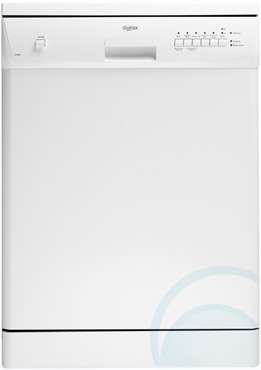
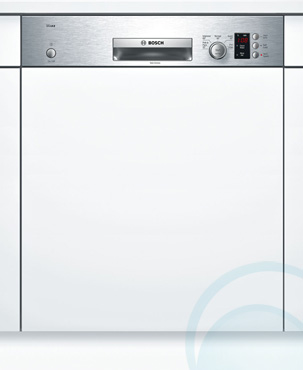
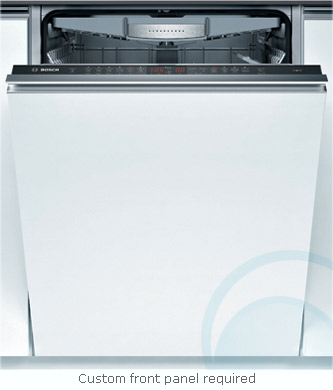
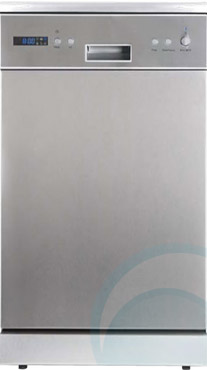
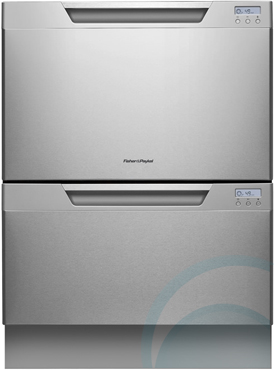



This is so good…her interest make other oven knowledge.